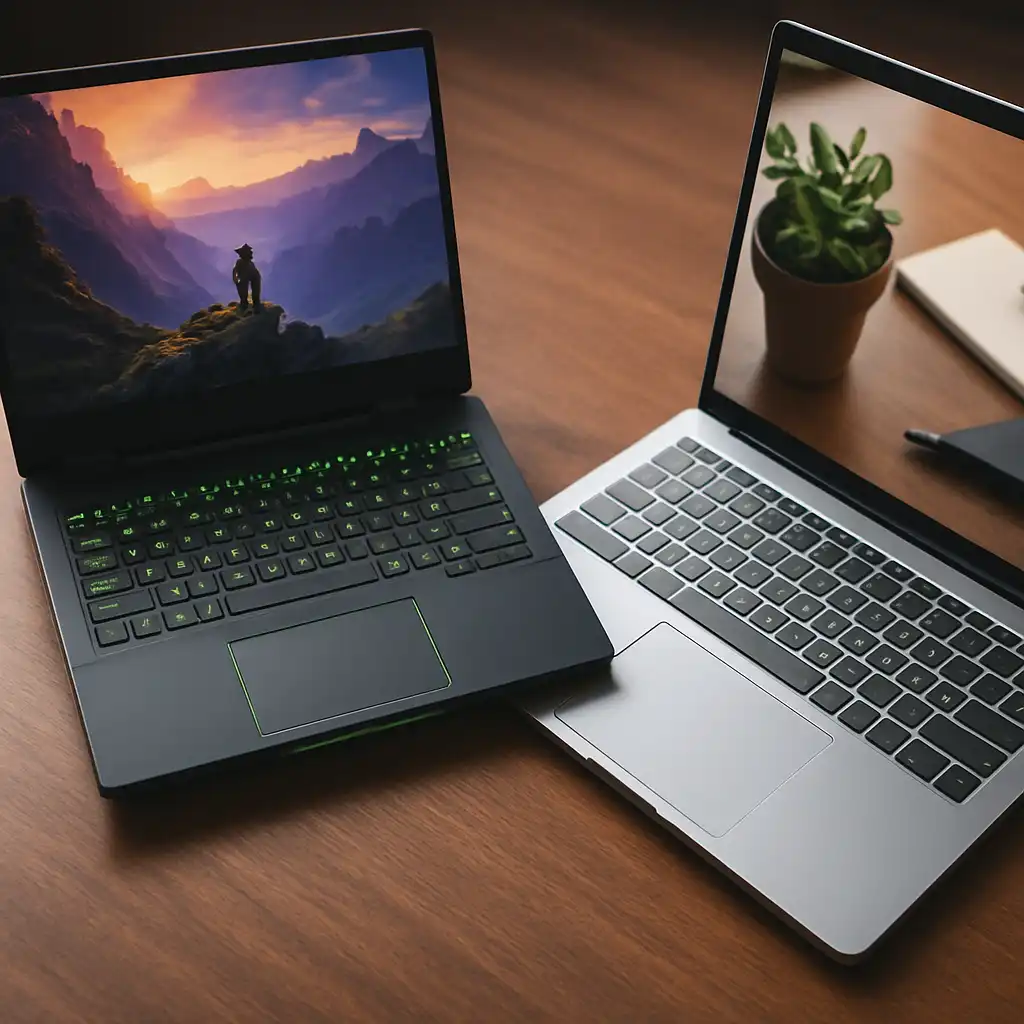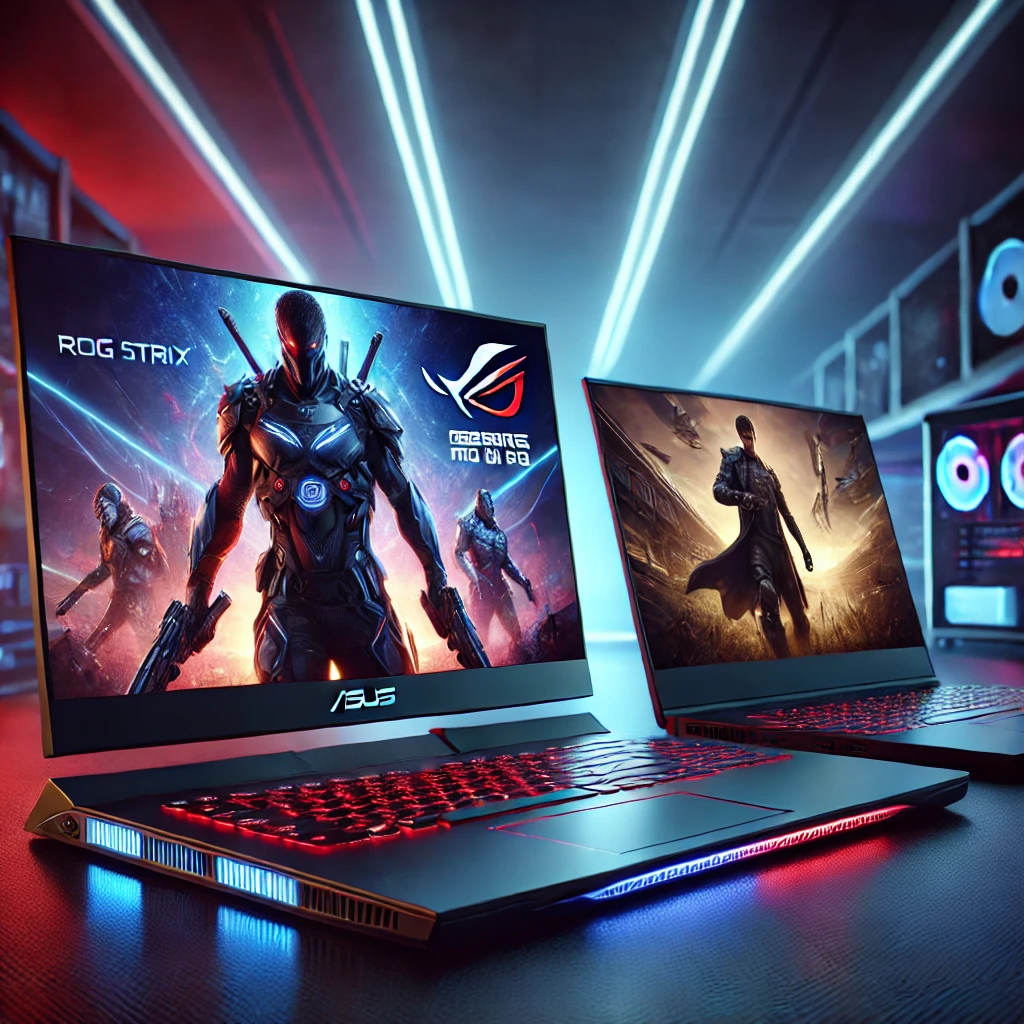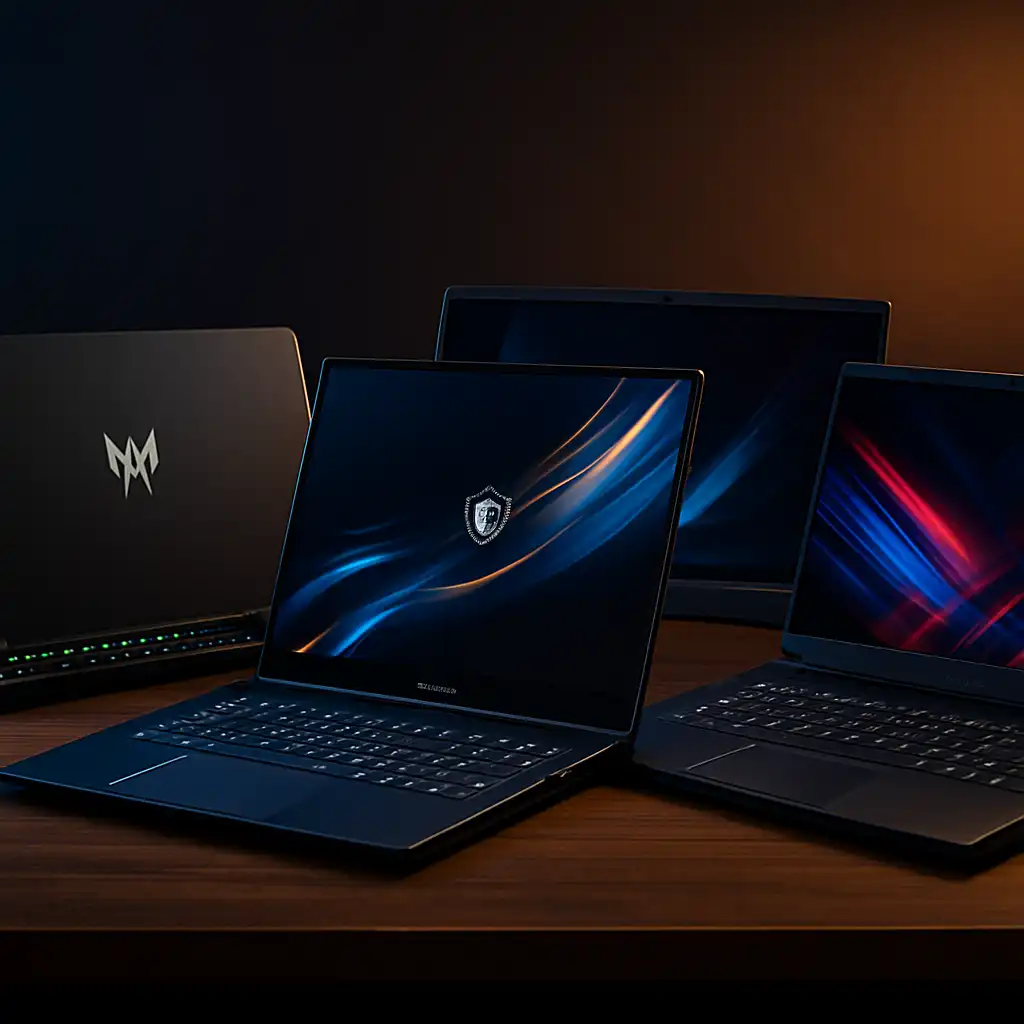PC Gaming on a TV vs Monitor: Which Display Is Better for Your Setup in 2025?
Disclosure: This post contains affiliate links. LaptopVoyager.com participates in the Amazon Associates Program and may earn commissions on qualifying purchases, at no extra cost to you.
Last Updated: December 2025
PC gaming on a TV and gaming on a monitor can feel completely different once you actually sit down and play. Even when specs look similar on paper, factors like screen size, viewing distance, input lag, and refresh rate all shape how responsive and immersive games feel in real use.
The real decision isn’t about which option looks better in a showroom. It’s about choosing the display that matches how you game—whether that’s competitive sessions at a desk or relaxed, cinematic play from the couch.
👉 To understand how TVs and monitors fit into modern gaming setups overall, it helps to start with a broader look at how today’s gaming displays are designed for performance and everyday use.
📋 Quick Overview
- Gaming monitors are built around low input lag, fast response times, and close-up desk use
- TVs focus more on large-screen immersion, longer viewing distances, and living-room comfort
- Both can work well for PC gaming, but they serve very different setups and play styles
🔍 Input Lag and Responsiveness
Responsiveness is one of the first differences most players notice.
Gaming monitors are tuned for low input lag, which makes mouse and keyboard input feel immediate and precise. This matters most in competitive games where reaction time and consistency are key.
Modern TVs have improved significantly, especially with dedicated game modes enabled, but they can still feel slightly less responsive than a good monitor. In fast-paced shooters or competitive titles, that difference can add up.
🔍 Refresh Rate and Motion Clarity
Refresh rate plays a major role in how smooth games feel.
Most gaming monitors support 144Hz, 165Hz, or higher, which reduces motion blur and makes fast movement easier to track. This is especially noticeable in PC games that can push high frame rates.
Many newer TVs now support 120Hz, which is a big improvement over older 60Hz models. Still, monitors tend to offer more consistent high-refresh-rate performance across a wider range of PC games.
🔍 Screen Size, Viewing Distance, and Immersion
Screen size and seating distance change the experience more than most specs.
TVs excel at immersion. A large screen viewed from farther away creates a cinematic feel that works especially well for story-driven games, racing titles, and open-world adventures.
Monitors are designed for close-up viewing at a desk. Even smaller screens feel sharp and focused, which helps with precision and longer gaming sessions.
🔍 Resolution and Image Sharpness
Resolution matters differently depending on how close you sit to the screen.
At a desk, monitors can look very sharp at 1440p because of the shorter viewing distance. This also makes it easier to maintain high frame rates without putting extra strain on your GPU.
TVs typically rely on 4K resolution to stay sharp at larger sizes. While 4K gaming on a TV can look impressive, it’s also more demanding on your graphics hardware.
🔍 Desk Setup vs Living Room Setup
Your physical setup often decides this comparison more than raw specs.
Monitors fit naturally into desk setups with keyboards and mice. They’re easier to use for multitasking, productivity, and long PC sessions.
TVs work best in living rooms or larger spaces, usually paired with controllers and relaxed seating. While desk gaming on a TV is possible, it’s rarely ideal for everyday use.
🔍 Value, Cost, and Longevity
Value depends on how you plan to use your display.
Gaming monitors are often more affordable if your main goal is performance, especially at higher refresh rates and smaller sizes.
Gaming TVs usually cost more upfront, but they double as entertainment displays for movies, streaming, and console gaming, which can add long-term value beyond PC gaming alone.
📌 Key Takeaways
- Monitors deliver lower input lag and higher refresh rates
- TVs offer larger screens and a more immersive experience
- Competitive PC gaming favors monitors
- Cinematic and single-player gaming favors TVs
- Room layout and seating distance matter as much as specs
🟢 FAQs
Q: Is PC gaming better on a TV or a monitor?
It depends on how you play. Monitors suit competitive desk gaming, while TVs are better for immersive couch gaming.
Q: Do TVs have too much input lag for PC gaming?
Modern gaming TVs perform well, but monitors still feel more responsive overall.
Q: Can you use a TV as a PC monitor long-term?
Yes, but ergonomics, text clarity, and viewing distance can become issues for daily use.
Q: Is 4K gaming better on a TV or monitor?
4K works especially well on TVs because of screen size, while monitors benefit more from higher refresh rates at lower resolutions.
✅ Conclusion
Choosing between PC gaming on a TV or a monitor comes down to how and where you play. Monitors offer better responsiveness and precision for desk gaming, while TVs deliver a bigger, more immersive experience from the couch. Neither option is universally better—the right choice depends on your setup, play style, and priorities.







